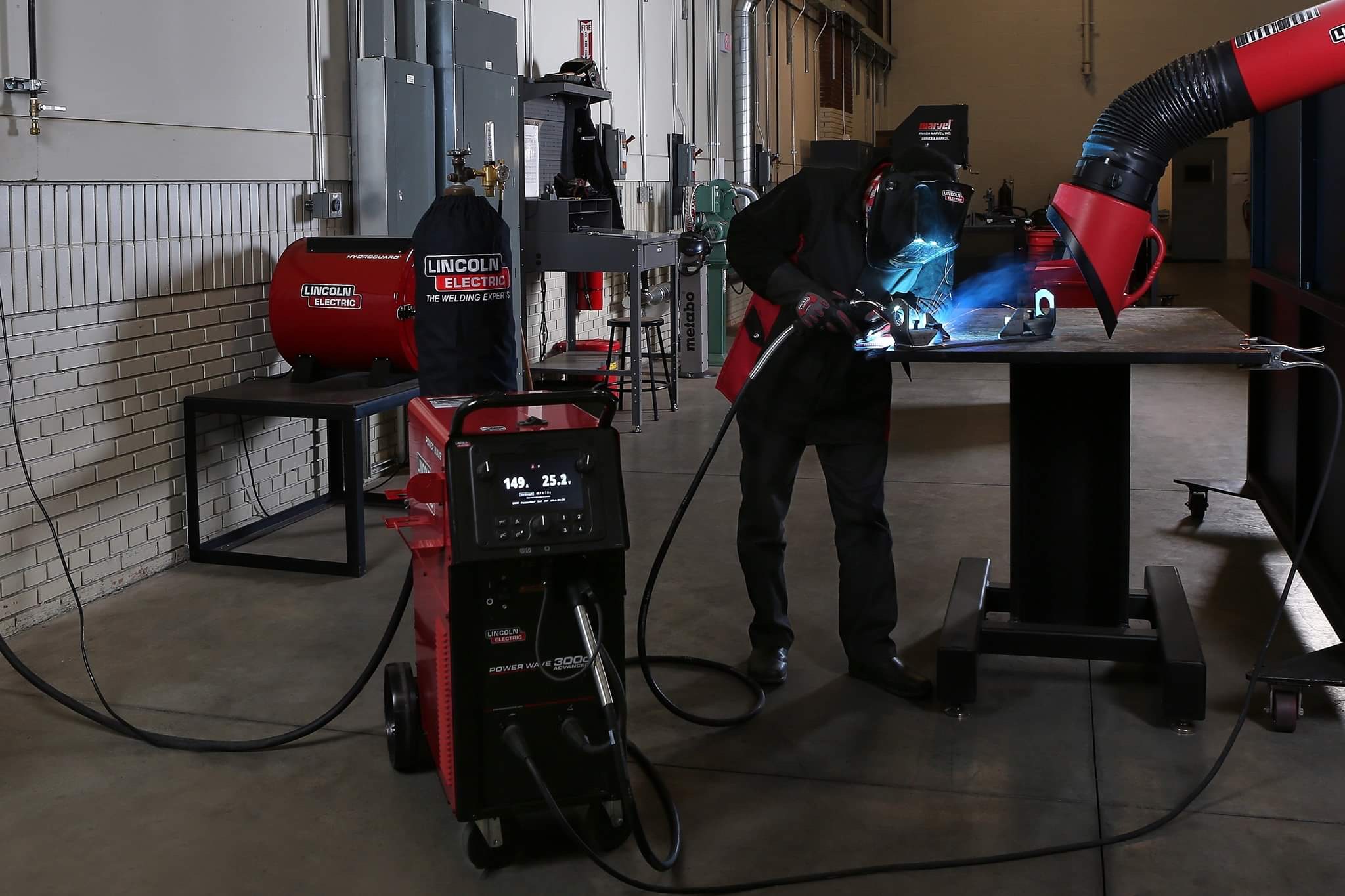Aside from the pandemic and Russia’s invasion of Ukraine — and directly related to these two crises — one of the most concerning developments over the last couple of years has been the increasing unpredictability of global supply chains. Although more or less every industry is facing challenges related to supply chain disruption, the oil and gas industry has been hit harder than most.
Of course, proponents of additive manufacturing (AM) have long-argued that one of the technology’s most promising features is its potential to aid businesses in diversifying and managing supply chains. In general, it’s still too early in the AM sector’s history to point to many real-world examples of this—though, COVID response did provide a number of instances. Nevertheless, more examples of companies managing or planning to manage their supply chains with AM do seem to be accumulating lately.
Among these companies is Chevron (NYSE: CVX), one of the world’s largest corporations, and the second largest oil producer in the United States. Recently, at one of its refineries in the U.S., Chevron’s planned maintenance schedule was in danger of being delayed due to supply chain disruptions that were holding back the delivery of replacement parts. In response, Chevron turned to Lincoln Electric, a Cleveland-based, global leader in arc welding solutions, which has the world’s largest metal wire arc additive manufacturing (WAAM) facility.
 Image courtesy of Lincoln Electric
Image courtesy of Lincoln Electric
Chevron’s additive engineering team joined forces with Lincoln and Stress Engineering Services, an engineering and construction firm in Houston, to make sure supply chain lags wouldn’t lead to a longer maintenance timeline than was expected. With the help of the other two companies, Lincoln was able to print eight replacement parts from nickel alloy wire, altogether weighing over 4,000 lbs., in a span of a month. As a result, Chevron’s routine operations remained just that: routine. And the refinery was able to get back into action according to schedule.
 Image courtesy of Lincoln Electric
Image courtesy of Lincoln Electric
One advantage to WAAM, which uses an electric arc as the heating source for shaping wire metal feedstock, is that, compared with most other AM techniques, it requires a much less drastic departure from conventional production methods. In fact, the earliest iteration of the method was first patented in 1920, and the underlying process has been used in sectors such as airplane manufacturing for decades.
The AM version simply builds on the already-existing technology, mainly with the addition of CAD. According to The Welding Institute, “…almost any three-axis manipulator or robot arm and an arc welding power source can be combined to make an entry level WAAM system.” This explains how a legacy company like Lincoln Electric, established in 1895, has been the leader in the field, since the very beginning of the broader AM sector’s gradual emergence over the last ten or so years: companies like Lincoln created the field in the first place.
Similarly, I find it noteworthy that Chevron not only has an additive engineering team, but also funds an AM research lab at Tuskegee University, which opened in 2016. With the potential — many argue the likelihood — that the price of oil will continue to approach all-time highs, there’s an equal likelihood that investment could again start pouring into the oil industry like some sort of black liquidy substance. If that happens, companies focused on long-term success will use those investment dollars for greater digitization of their businesses, largely consisting of AM-centered projects like this one.
For these reasons and more, SmarTech Analysis not only expects large-format 3D printing, like WAAM, to be a $739 million sector by 2026, (according to its “DED and Large-Format Additive Manufacturing Markets: 2021-2030” report), but it also projects the additive oil and gas market to reach $2 billion by 2029 (as detailed in its “The Market for Additive Manufacturing in the Oil and Gas Sector 2018-2029” report).
Subscribe to Our Email Newsletter
Stay up-to-date on all the latest news from the 3D printing industry and receive information and offers from third party vendors.
You May Also Like
HILOS Launches Studio OS for AI-Driven 3D Printed Shoe Design
At Milan Design Week, footwear 3D printing startup HILOS has unveiled its latest development, Studio OS. Introduced at the historical Villa Bagatti Valsecchi, the platform is meant to redefine how...
3D Printing Webinar and Event Roundup: April 28, 2024
In this week’s 3D Printing Webinar and Event Roundup, the Ceramics Expo is taking place in Michigan, Stratasys continues its advanced training courses, and SPE is holding a Polymer Characterization...
Initial Speakers and Sponsors Announced for Additive Manufacturing Strategies 2025
Nearly a year away from the event, the Additive Manufacturing Strategies (AMS) 2025 conference is already beginning to take shape. Building upon the success of 2024’s summit, AMS has established...
HP & INDO-MIM Collaborate to Boost Metal 3D Printing in India
HP Inc. and INDO-MIM, a US- and India-based supplier of metal injection molding (MIM) powders and contract manufacturer, have announced that the two companies will collaborate to accelerate additive manufacturing...































